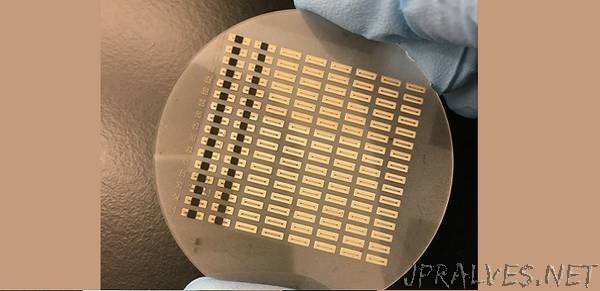
“Inkjet-printed switches make multiple frequency bands easier and cheaper to manage in wireless devices.
Frequency-tunable communication modules, such as antennas and filters, are expected to help miniaturize wireless devices. Researchers at KAUST have created switches that enable control over these modules in response to stimuli.
Mobile devices to support multiple standards, such as a global positioning system and a global system for mobile communications, require antennas that are capable of covering several frequency bands. “Radio-frequency switches are the key to realizing cost- and space-saving frequency-tunable antennas and filters,” says Ph.D. student Shuai Yang, who worked on the project with his supervisor Atif Shamim.
Commercially available radio-frequency switches have performance limitations and involve convoluted fabrication approaches that require expensive materials and tools.
Now, Shamim’s team has developed a cost-effective inkjet printing method to generate switches. “Just as for newsprint, the cost of printed electronics is extremely low,” says post-doctoral fellow, Mohammad Vaseem, who is also an author on the paper. The switches consisted of thermally and electrically responsive single layers of vanadium dioxide.
The researchers synthesized vanadium-dioxide nanoparticles with a specific crystal arrangement to create the desired ink. They printed two different switch configurations that could be triggered thermally and electrically. The performance of these switches was comparable to their nonprinted analogues, but at much lower cost.
As a proof-of-concept experiment, the team incorporated the switch in a tunable antenna printed on a flexible substrate. At room temperature, the antenna could work in the range corresponding to future 5G communications. When heated, the switch allowed the antenna to operate in the WiFi and Bluetooth range.
“When fully printed electronics become mature for industrialization, our switch will be useful for mass-producing smartphones and other wireless devices,” says Yang.
In preparation for these developments, the team is building an accurate switch model for computer simulations. “We are also working on improving the performance of the switch,” adds Vaseem.”
